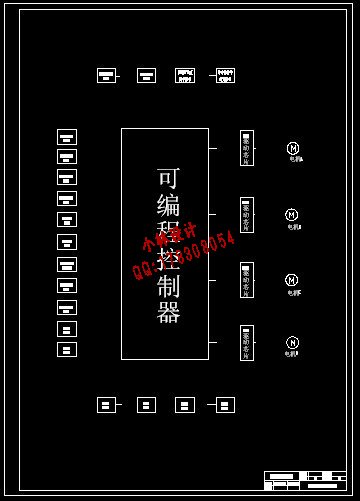 |
 |
|


|
设计名称 |
三自由度机械手运动控制下位机系统设计 |
 |
|
设计编号 |
C076 | |
|
设计软件 |
AutoCAD, Word | |
|
包含内容 |
见右侧图片 | |
|
说明字数 |
11000字 | |
|
图纸数量 |
见右侧图片 | |
|
推荐指数 |
较高 | |
|
价格: |
价格优惠中 | |
|
整理日期 |
2013.09.26 | |
|
整理人 |
小林 | |
|
购买流程 |
<查看如何购买本站设计> |
|
设计简介 |
设计描述:
文档包括: CAD版本图纸,共2张: 摘 要
三自由度机械手能够在三维空间中完成升降、平移等基本指令,而二自由度机械手仅能在一个平面内动作,所以把三自由度机械手作为学校机器人类课程的教学中能够具有典型性。我校现在没有成型的、可以直接应用的机器人方面的教学设备,只有一些慧鱼机器人组件和未来伙伴机器人组件。
ABSTRACT
Three degrees of freedom in 3 space manipulator can be accomplished in the lift, shift, and other basic instruction, and two degrees manipulator can only in a plane within action, so the three degrees of freedom as a manipulator of human course teaching school machine to typical. Our school now not model, can be applied in the robot of teaching equipment, only some fischer robot kit and future partner robot kit.
目录 |
|
部分图纸 截图 |
  |
|
说明: |
如需了解本设计的具体详细信息请联系本站客服,说明看哪个设计(编号)哪个详细部分,我们将远程或截图给您观看. 机械毕业设计|论文 |

| [要求PR≥2,百度收录≥1000页;联系QQ:178308054] |
Powered by 小林机械资料商城 © 2013-2020 All Rights Reserved. 客服QQ:178308054
喜欢www.xiaolinbysj.com,请告诉你QQ上的5位好友,多谢您的支持! 皖ICP备2021006205号-1
